Change for a Shilling
Change for a Shilling card game by Geo. Wright & Co., London, c.1910-1926.
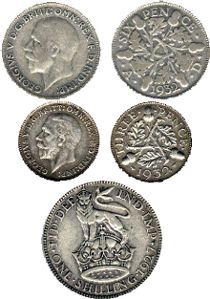
As traditional Chinese playing cards are derived from money, this children's card game has a long and noble ancestry. The ‘New and Exciting Game’ of Change for a Shilling was produced by Geo. Wright & Co., London c.1905 - 1926. The game was apparently devised in order to sharpen the mental faculties. Each card bears a value in old English money ranging from ½d to 8d and the game involves players calling when cards on the table add up to one shilling. [Note: the abbreviation for the old penny, d, was derived from the Roman ‘denarius’, and the abbreviation for the shilling, s, from the Roman ‘solidus’. The shilling was also denoted by the slash symbol / , also called a solidus for this reason and used today in website addresses, and was originally an adaptation of the long s.]
The old English monetary system became obsolete in 1971 when decimal coinage was introduced.
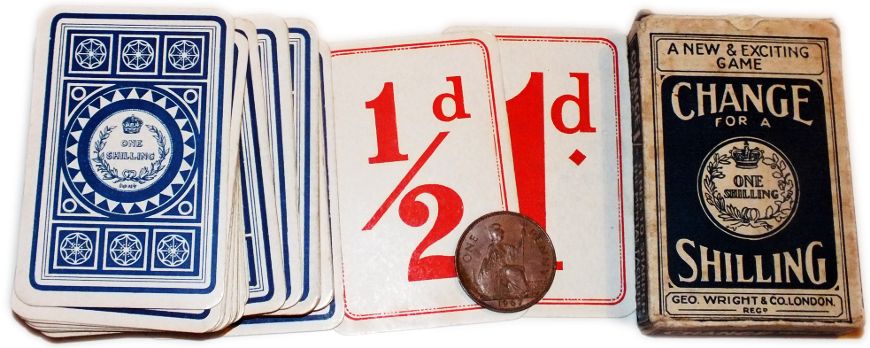
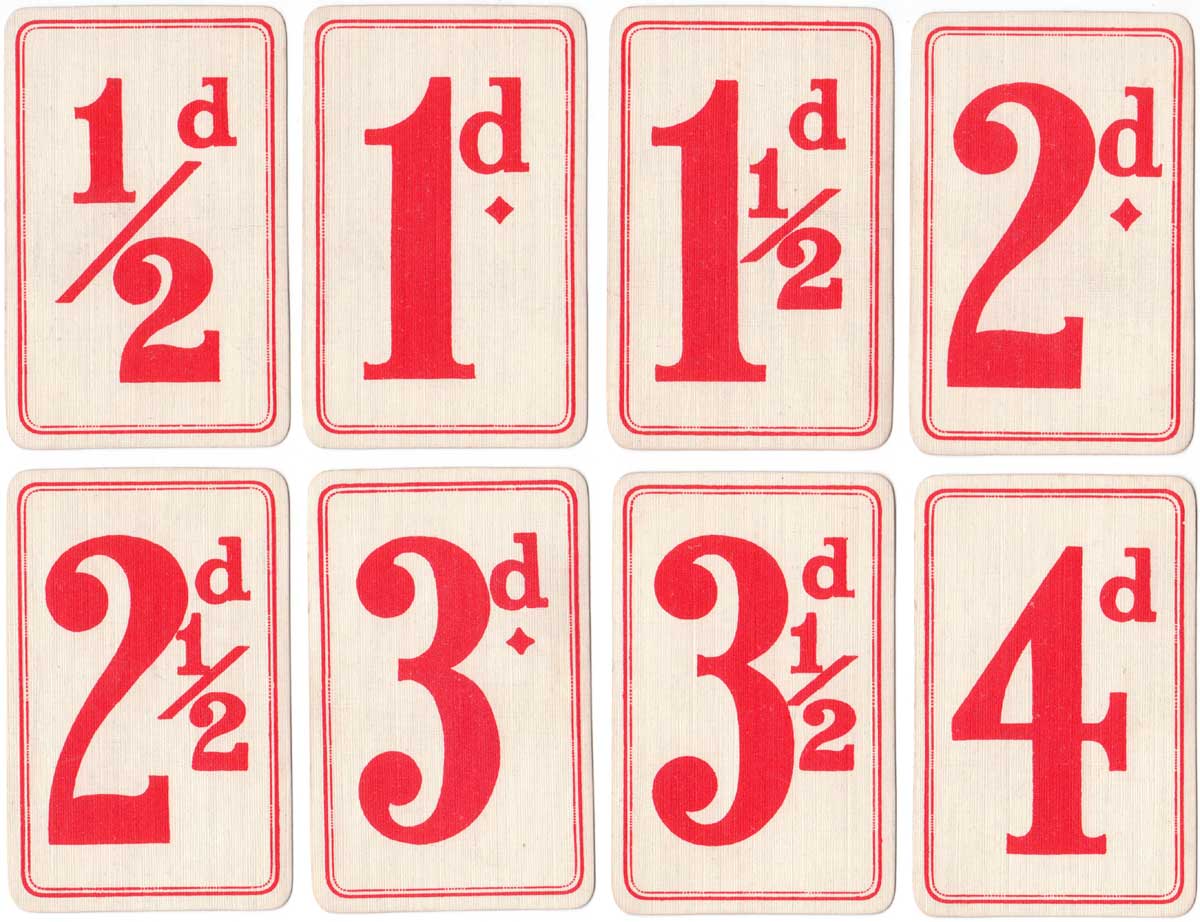
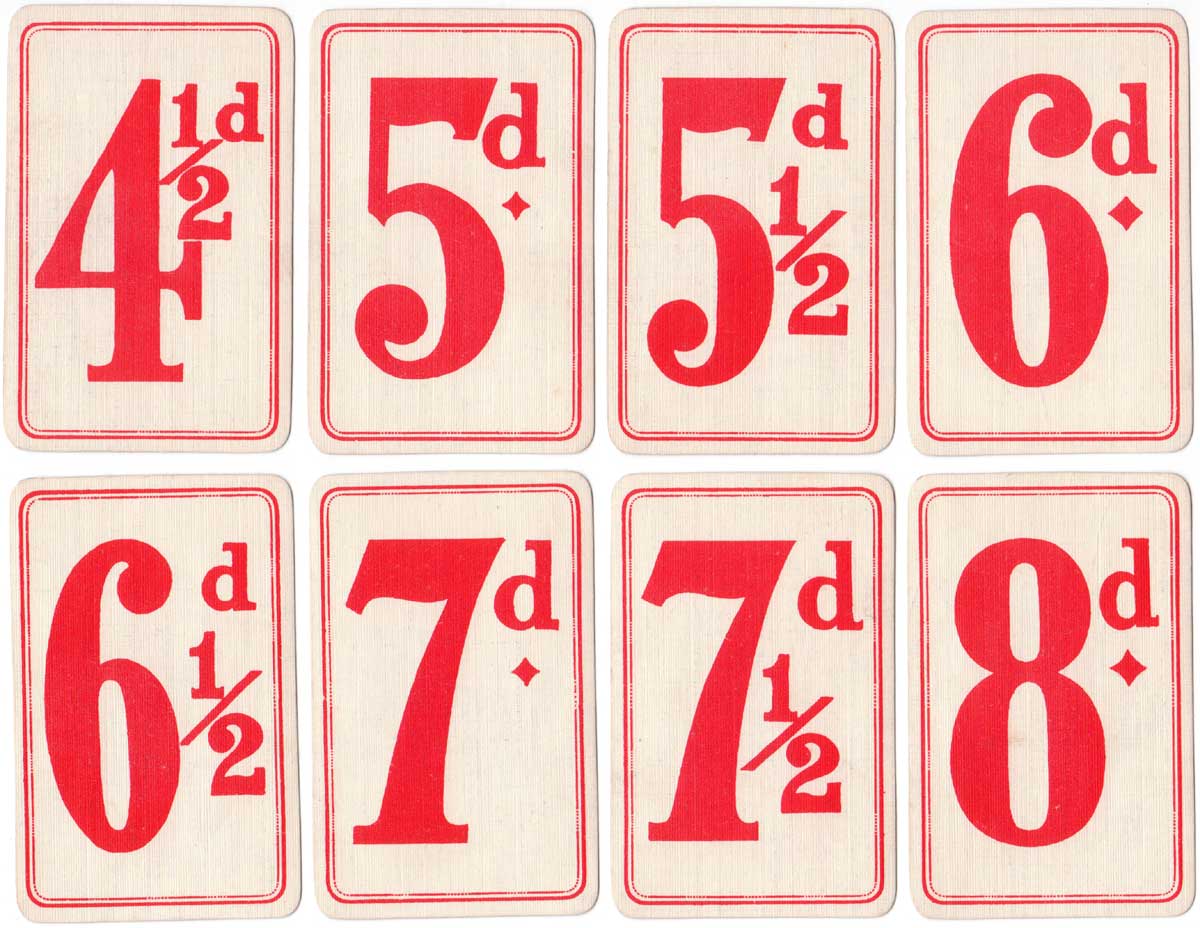
Above: Change for a Shilling card game by Geo. Wright & Co., London, c.1910-1926. Several editions are known, some of which carry the date 1926 on the coin illustrated on the box and rules card, others are undated. The back design is a blue/white geometric pattern with a drawing of a shilling coin in the centre which also appears on the box. (Click the box to zoom)
Geo. Wright & Co also published ‘Sky’ and a board game titled ‘Colorito’.
By Simon Wintle
Spain • Member since February 01, 1996 • Contact
I am the founder of The World of Playing Cards (est. 1996), a website dedicated to the history, artistry and cultural significance of playing cards and tarot. Over the years I have researched various areas of the subject, acquired and traded collections and contributed as a committee member of the IPCS and graphics editor of The Playing-Card journal. Having lived in Chile, England, Wales, and now Spain, these experiences have shaped my work and passion for playing cards. Amongst my achievements is producing a limited-edition replica of a 17th-century English pack using woodblocks and stencils—a labour of love. Today, the World of Playing Cards is a global collaborative project, with my son Adam serving as the technical driving force behind its development. His innovative efforts have helped shape the site into the thriving hub it is today. You are warmly invited to become a contributor and share your enthusiasm.

Related Articles

Lend Me Five Shillings
or “Her Majesty’s Privy Purse” - a merry round-the-table game published by D. Ogilvy.
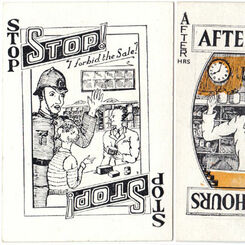
Stop! I forbid the Sale!
“Stop! I forbid the Sale!” card game published by H.P. Gibson & Sons Ltd, c.1939.
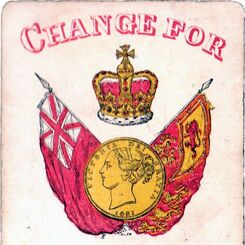
Change for a Sovereign
Change for a Sovereign published by J Evans & Sons and printed by Kronheim & Co.
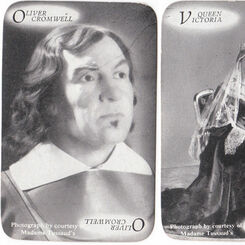
Have A Go
Have A Go card game published by Photo-Briton Ltd featuring photographs of waxwork figures from Mada...
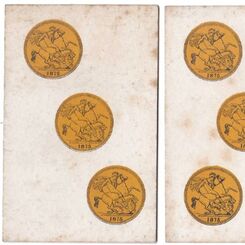
Shearing the Sheep
Shearing the Sheep published by J. Jaques & Son, c.1875.
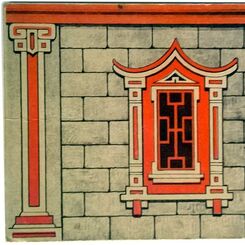
Rūfa
Rūfa is a game designed by Ernest Legh and manufactured by De la Rue. The object is to build a pagod...
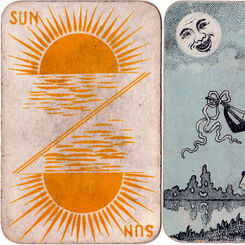
Sky
Sky card game published by Geo. Wright & Co, London, c.1905.
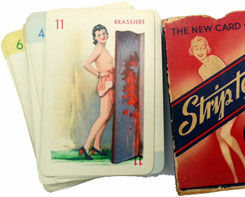
Strip Tease
‘Strip Tease’ card game featuring characters involved in the performance and subsequent prosecution ...
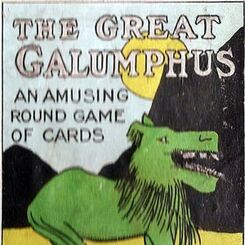
The Great Galumphus
The “Great Galumphus” card game from the 1920s shows various comic animals with their names printed ...
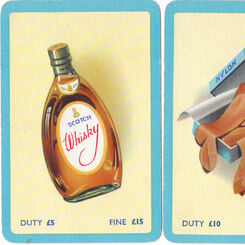
Contraband
Contraband by Pepys Games was first published in early 1950s.
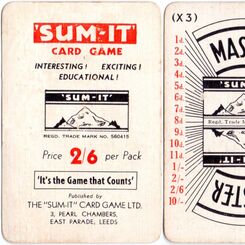
Sum-it Card Game
‘Sum-it’ Card Game published by Sum-It Card Games Ltd. c.1935.
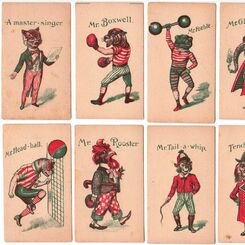
Animal Snap
The full set of this 'Snap' card game is believed to have 9 characters in sets of four, making a tot...

Old Maid
Old Maid by Clifford Toys
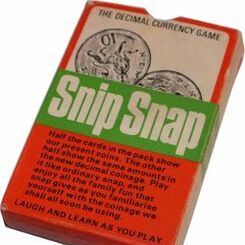
Snip Snap
Decimal Snap created by Eric Wagstaff, published by Michael Stanfield Holdings, London 1968.

Kay Snap
Kay Snap Children's Card Game, made in England, 1930s.
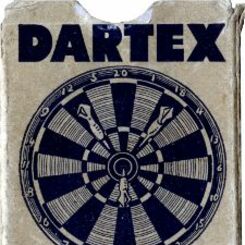
Dartex
Dartex, the Thrilling New Card Game of Skill (1938) based on the traditional pub game where darts ar...
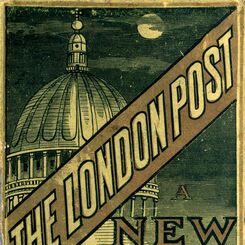
London Post
Jaques' The London Post Card Game, c.1895.
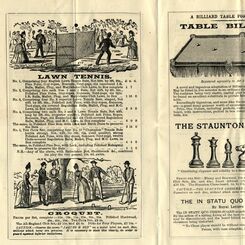
Jaques Advertising Leaflet
Jaques Advertising Leaflet showing Lawn tennis, Table Billiards, Staunton Chess, Croquet, etc.
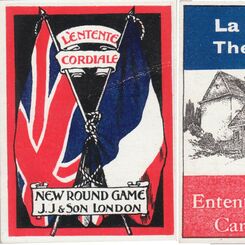
Entente Cordiale
Jaques' The Entente Cordiale Card Game, c.1905.
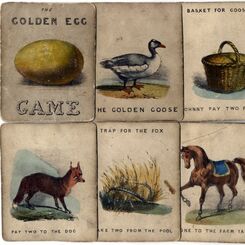
Golden Egg Game
The Golden Egg Card Game, anonymous manufacturer, c.1860
Most Popular
Our top articles from the past 60 days






















